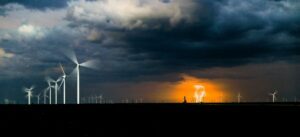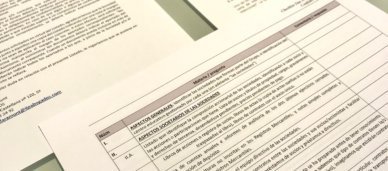
05.02.2025
Directive 2012/27/EU of the European Parliament and of the Council of 25 October 2012 on Energy Efficiency
 Por
Cobo Aragoneses, José Luis
Por
Cobo Aragoneses, José Luis Directive 2012/27/EU of the European Parliament and of the Council of 25 October 2012 on energy efficiency establishes a common framework to promote energy efficiency within the European Union. The primary objective of this Directive is to achieve a 20% saving in the Union’s primary energy consumption by 2020 and to pave the way for future improvements in energy efficiency.
Objectives and Scope of the Directive:
- The Directive aims to remove barriers in the energy market and overcome market failures that impede efficiency in energy supply and consumption.
- To achieve this, the Directive sets forth a series of measures covering various sectors, including:
- Buildings: Renovation of public buildings, energy efficiency requirements for the acquisition of buildings by central government, promotion of efficient heating and cooling.
- Public Sector: Exemplary role of public buildings in the procurement of products, services, and buildings with high energy performance.
- Energy Systems: Promotion of high-efficiency cogeneration, efficient urban heating and cooling systems, improvement of efficiency in energy transformation, transport, and distribution.
- Meters and Billing: Requirements for individual meters that reflect actual energy consumption and information on billing based on actual consumption.
- Information and Training: Information programs and consumer empowerment, availability of qualification, accreditation, and certification systems in energy efficiency.
- Financing: Financing mechanisms to support energy efficiency measures, including the possibility of creating a National Energy Efficiency Fund.

Si te ha interesado este artículo no dudes en leer:
M&A in the energy sector: opportunities and challenges facing the energy transition.
Relation to the Taxonomy:
The Energy Efficiency Directive does not explicitly mention the “Taxonomy.” However, considering the Taxonomy’s objective to direct investments towards environmentally sustainable economic activities, there is a clear relationship between the two regulations.
Points of Connection:
- The Directive promotes investments in technologies and practices that enhance energy efficiency, aligning with the Taxonomy’s objectives to finance activities contributing to climate change mitigation.
- Measures under the Directive, such as promoting high-efficiency cogeneration and efficient heating and cooling systems, are examples of activities that could be considered “sustainable” under the Taxonomy.
- The information and transparency promoted by the Directive regarding energy consumption and the efficiency of products and services facilitate investment decisions aligned with the Taxonomy.
In summary, the Energy Efficiency Directive and the EU Taxonomy work complementarily to drive the transition towards a more sustainable economy. The Directive sets out concrete measures to improve energy efficiency, while the Taxonomy provides a framework for classifying sustainable economic activities, guiding investments towards those that contribute to the EU’s climate objectives.
If you liked this article, you may also find it interesting to read the following one:
Frequently Asked Questions about the Energy Efficiency Directive
Below is the video we have prepared for this purpose on the same subject:
Contacto No te quedes con la duda, contacta con nosotros. Estaremos encantados de atenderte y ofrecerte soluciones.








